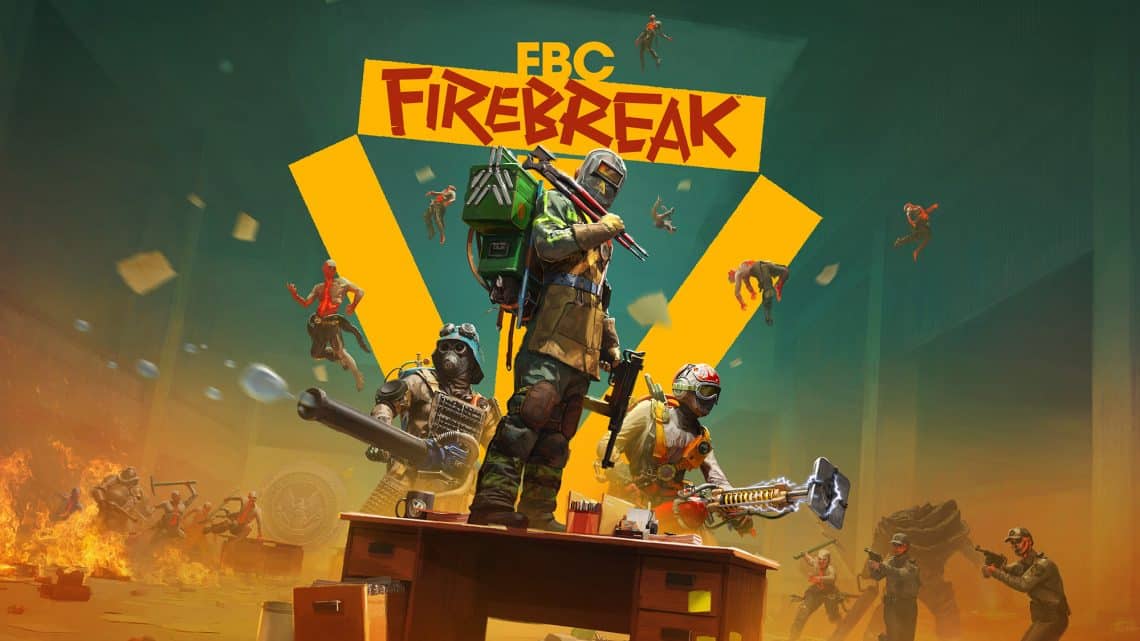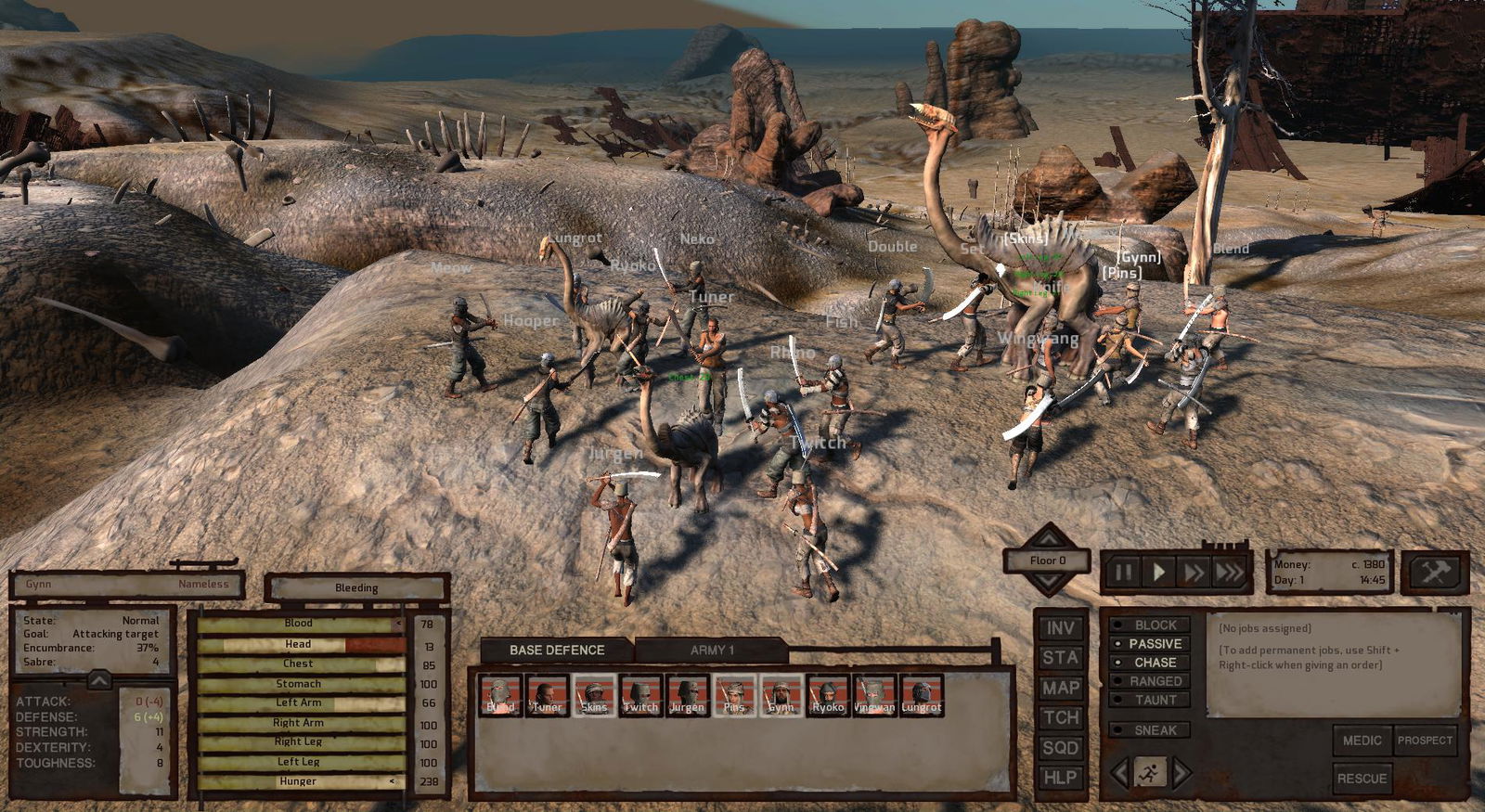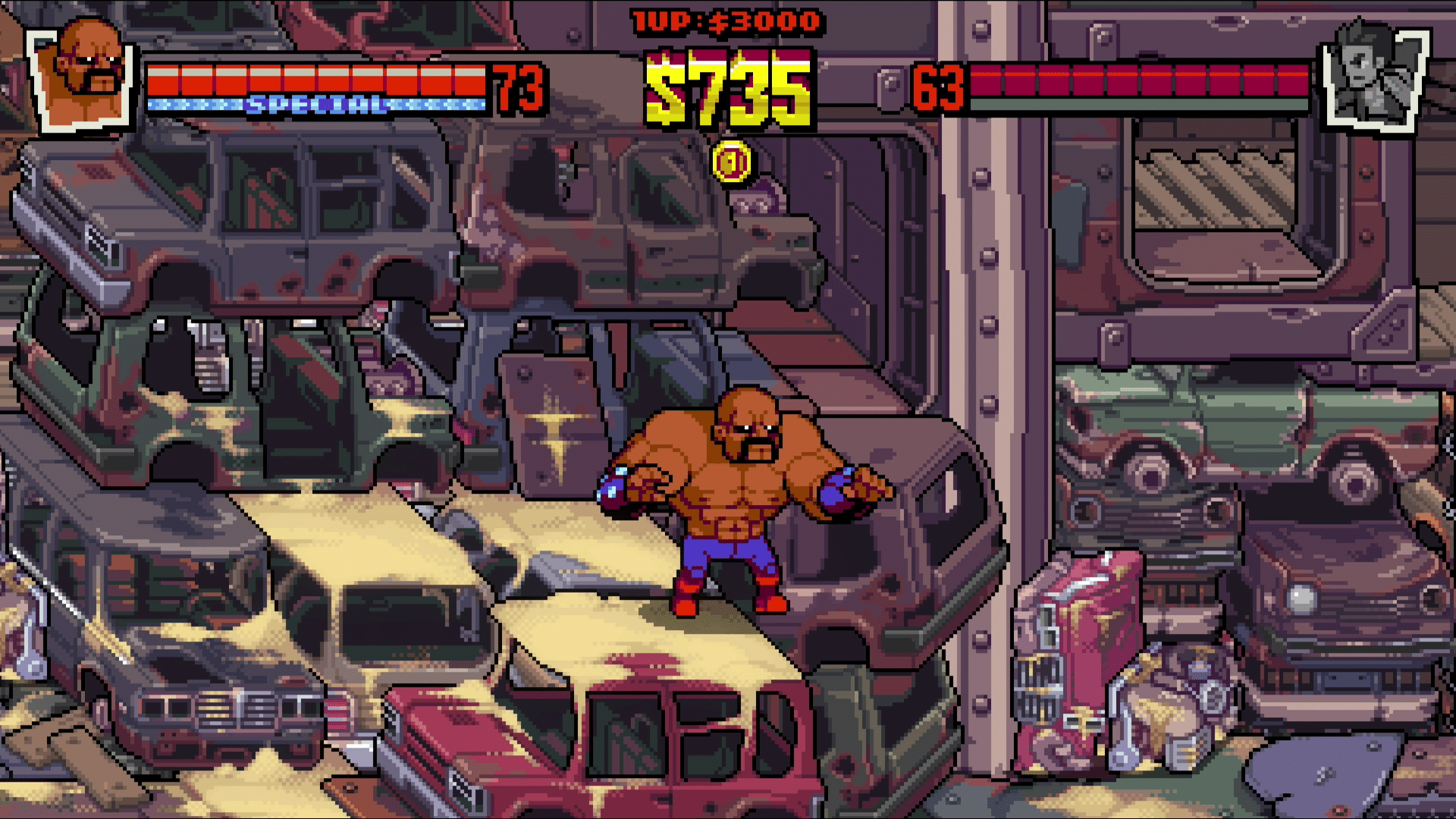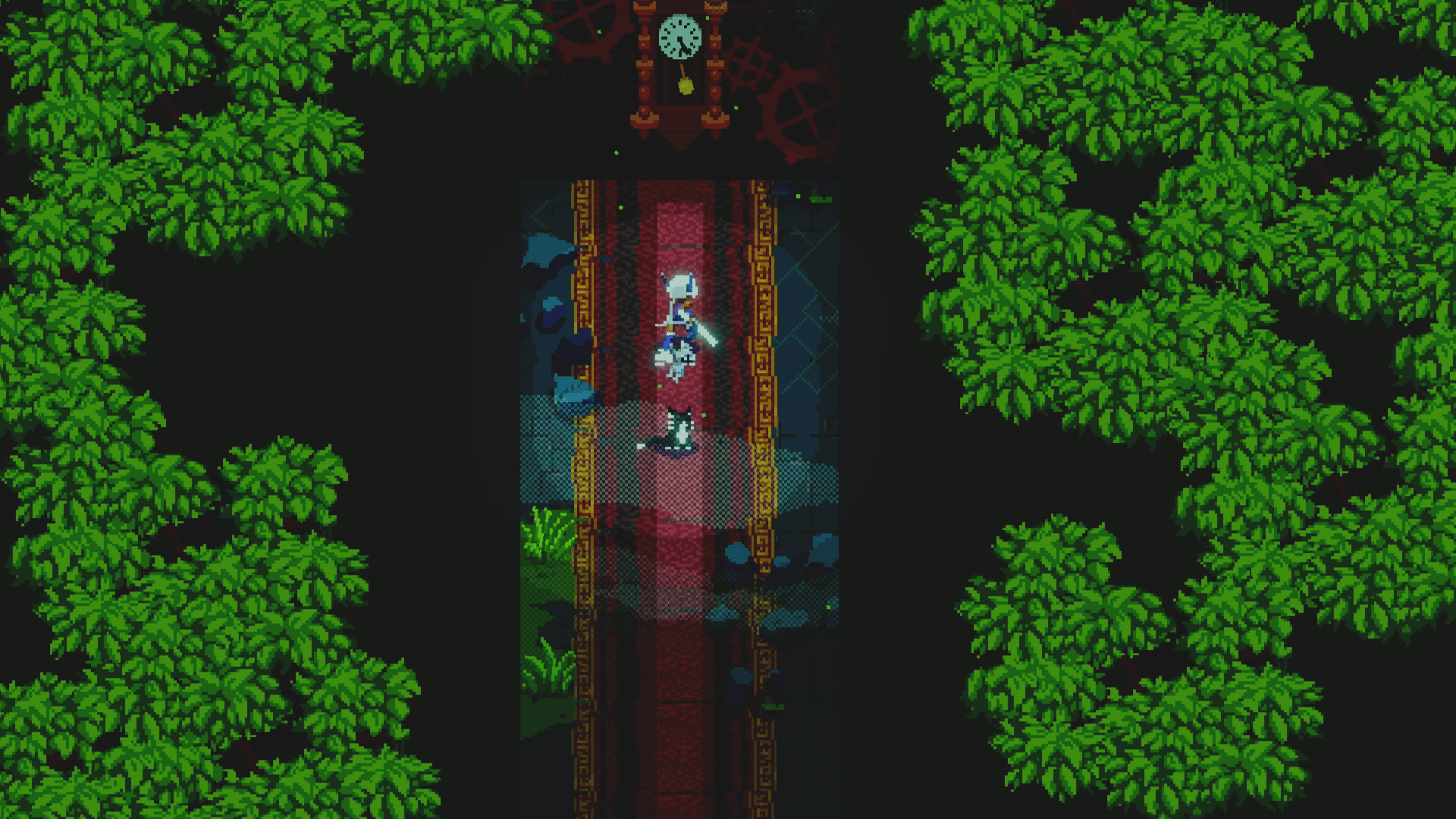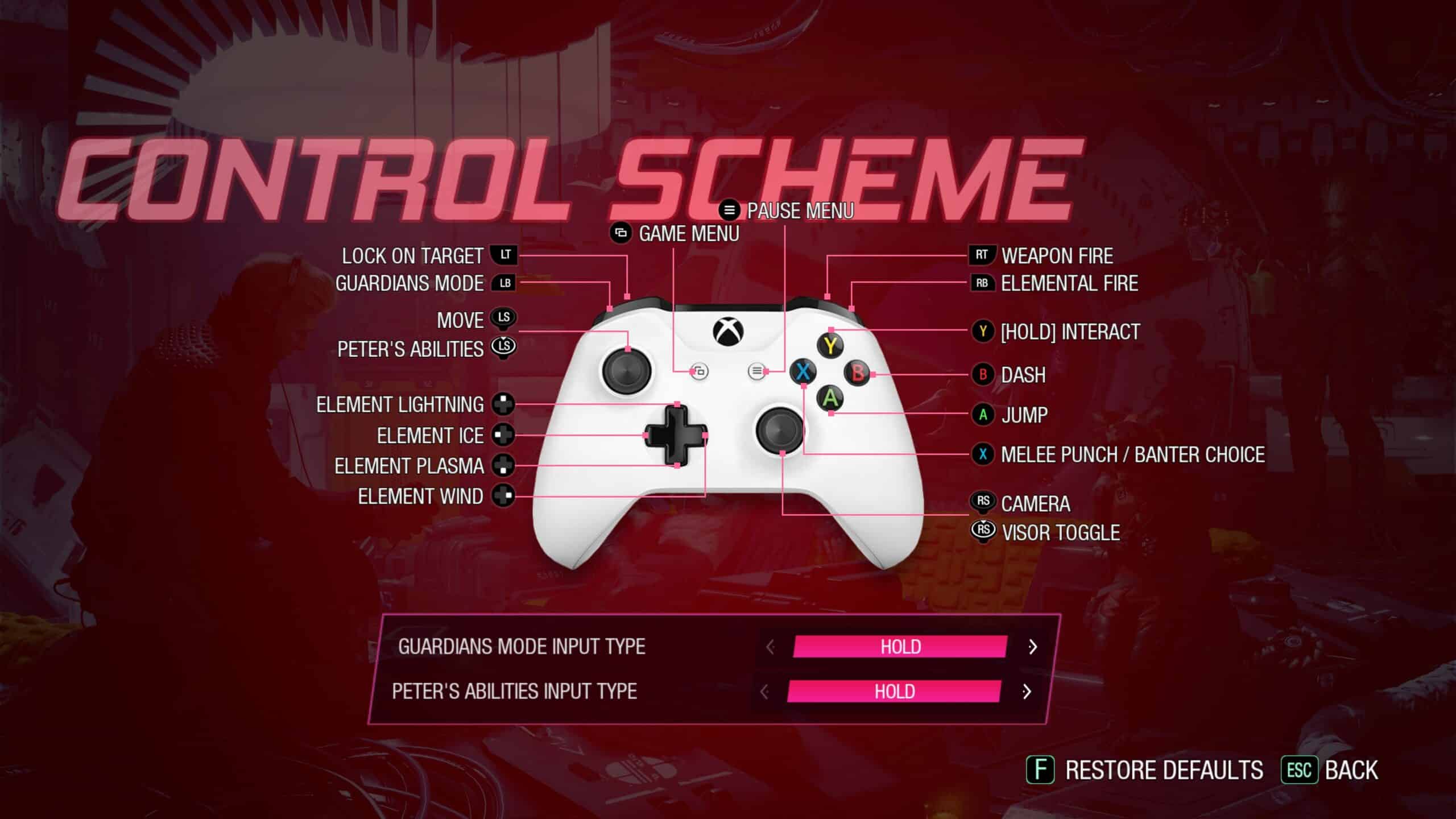FBC: Firebreak marks a shift from the norm for the renowned Alan Wake developer, Remedy. Countless hours have been spent absorbed in the weird and wild Remedy Connected Universe, which has irrevocably intertwined the likes of Alan Wake and Control in meaningful ways. Such games have proven the developer’s pedigree for storytelling and gameplay design, but now the studio is looking to stretch its legs and try something outside of their comfort zone. Shifting gears from their usual third-person offerings, always dripping with style and personality, the team is briefly leaving single player behind in favor of a cooperative experience within the expanding narrative.
Remedy is no stranger to grim, oppressive environments that envelop the player in a sense of awe and dread in equal measure; we know they thrive in that type of setting. FBC: Firebreak loosely takes these familiar trappings and adds a more light-hearted tone as the Federal Bureau of Control’s rank-and-file agency members contend with all manner of extradimensional phenomena spilling forth from the Oldest House (AKA the FBC’s headquarters). Jesse Faden’s superhuman abilities are a distant memory here. Powerless three-person response teams must work together to regain control of their workplace and quell the relentless Hiss onlsaught, all without telekinesis and levitation. It’s not easy being a corporate peon.
FBC: Firebreak isn’t about grand heroes putting down an unfathomable threat or changing the course of an overarching war. Instead, it focuses on a bunch of no-name workers known as Firebreakers, a gun-wielding group of glorified janitors, attempting to stay employed. The Hiss successfully overrunning the Federal Bureau of Control HQ would likely deliver a drastic blow to job security, and no one wants to be stuck job hunting in this economy. So it’s up to our Firebreakers to throw their ordinary, fragile bodies at the problem in hopes of emerging victorious (and in one piece) from each skirmish.
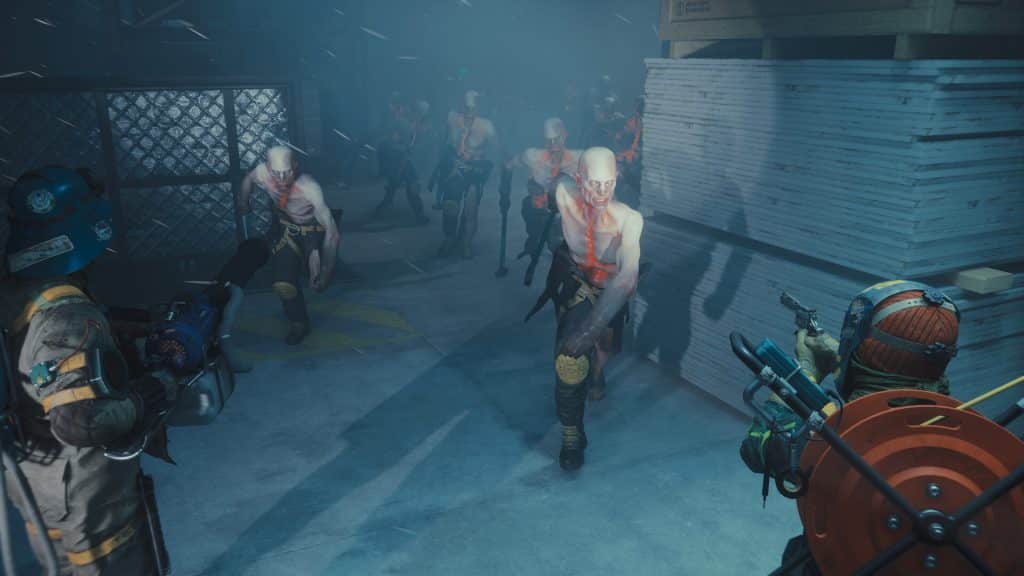
Regain Control
The core of Remedy’s co-op experiment combines the frantic cooperative play of Left 4 Dead and the accident-prone shenanigans of Helldivers 2. It’s an enticing concept, especially when considered within the confines of the captivating Remedy Connected Universe, but it struggles to consistently push toward the full potential of its elevator pitch. Trios of Firebreakers enter risky situations to perform menial tasks, like fixing large transfer fans, all while trying not to succumb to the constant flood of Hiss enemies pouring into the job site. It’s a silly setup that blends facilities-level duties with wave-based FPS survival. And just like the real-world workplace, everyone has a specific set of roles and responsibilities.
Each member of the team can select one of three Crisis Kits: Fix Kit, Jump Kit and Splash Kit. These kits come packed with unique tools and are essentially the classes of FBC: Firebreak. The Fix Kit can repair specific objects through the use of its oversized wrench and, eventually, drop turrets onto the field to assist with keeping the Hiss at bay. The Jump Kit can leverage its electricity to power certain equipment, or have its tool used as an over-the-top pogo stick. The Splash Kit brings a steady supply of water, effective at extinguishing flames and applying status effects to enemies—it can even flip the script and attach a searing teapot to its tool to spew fire everywhere instead. The Crisis Kits may be the most well-realized components of the game, bringing the IP’s on-brand absurdity to the forefront.
Of course, endless globs of water aren’t going to put an end to the hostile invasion of the FBC. There are standard firearms, too. Only the revolver, submachine gun and sawed-off shotgun are available at the beginning, but an additional three become available through the progression system. While the revolver is enjoyably punchy and the bolt-action rifle can effectively put down some larger foes with a single headshot, the meager arsenal feels particularly bland by comparison. And that’s a major problem for any shooter.
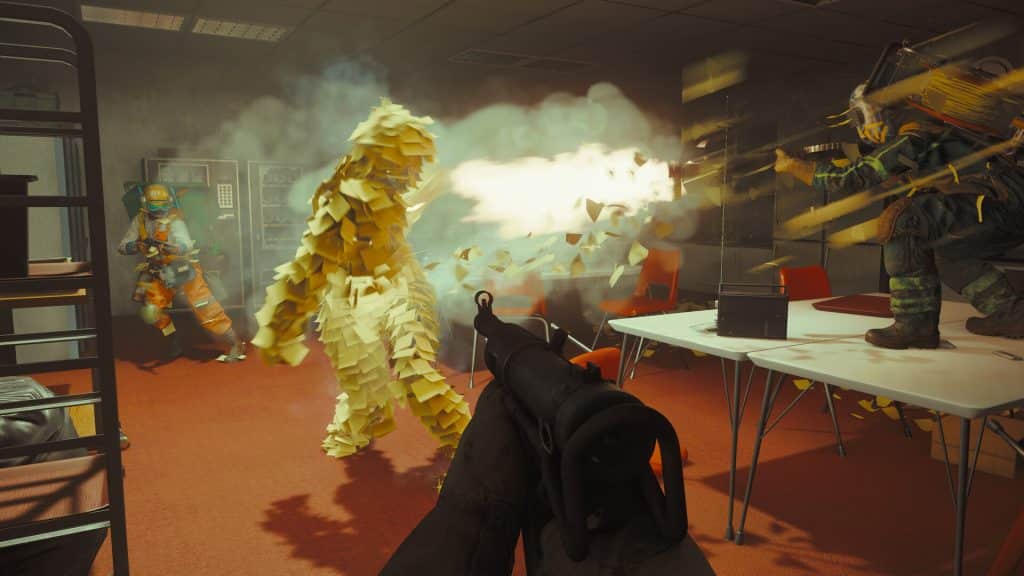
Occasionally Hiss-terical
That’s not to say that putting down the handful of Hiss varieties isn’t fun. Banding together with friends and adhering to a given role has its shining moments. In one job, the objective is to destroy tens of thousands of sticky notes littering an office space. The Splash Kit can be used to wet these notes, making them easier to destroy and preventing them from flying up and sticking to player screens as everyone tramples over the sea of yellow squares. Turning the crank-powered fire hose onto enemies applies the wet condition, opening up the Jump Kit to spread electricity across affected Hiss in a satisfying arc. Leaning into the team synergy to minimize the time demands of objectives, which usually devolve into speedily inputting LB/L1 and RB/R1 to fix a given object, and demolish corrupted co-workers provides a genuinely enjoyable and chaotic experience.
There are five levels, or jobs, with varying objectives and clearance levels. Each level possesses three clearance levels, with clearance level one sporting a single objective before exfil is triggered. Clearance levels two and three add one additional zone each, enabling players to choose their desired mission length. Remedy’s design here is to let the game conform to the player’s time and not the other way around. If you only have time for a few brief sessions, you can set the mission to clearance level one and quickly knock out an objective for materials that contribute to the overall progression. At least, that’s the goal in theory. But the truth is that I never returned to clearance level one after unlocking the clearance three. The main reasons for this were that the lengthier missions were typically more involved (read: interesting) by the third area. Additionally, the corrupted item modifiers are exclusive to clearance three.
Corrupted items inject a bit of life into what is otherwise a brief jaunt through a handful of levels. They mix up the gameplay flow and dip a toe into a more replayable design. Corrupted items can appear during these lengthier runs, causing everyday objects to become floating menaces disrupting jobs. For example, a snare drum may appear that significantly increases the speed of the Hiss. Enemies are suddenly imbued with super speed, descending on the group in a frightening flash. The stoplight corrupted items is among the more entertaining. It selects a player at random and sporadically turns red, forcing that player to immediately halt all movement unless they want to suffer harm. The other two members of the team are left to defend their stationary companion until the object greenlights movement again. These particular moments remind us that there are strengths in FBC: Firebreak‘s framework, even if it doesn’t always remain in clear view.
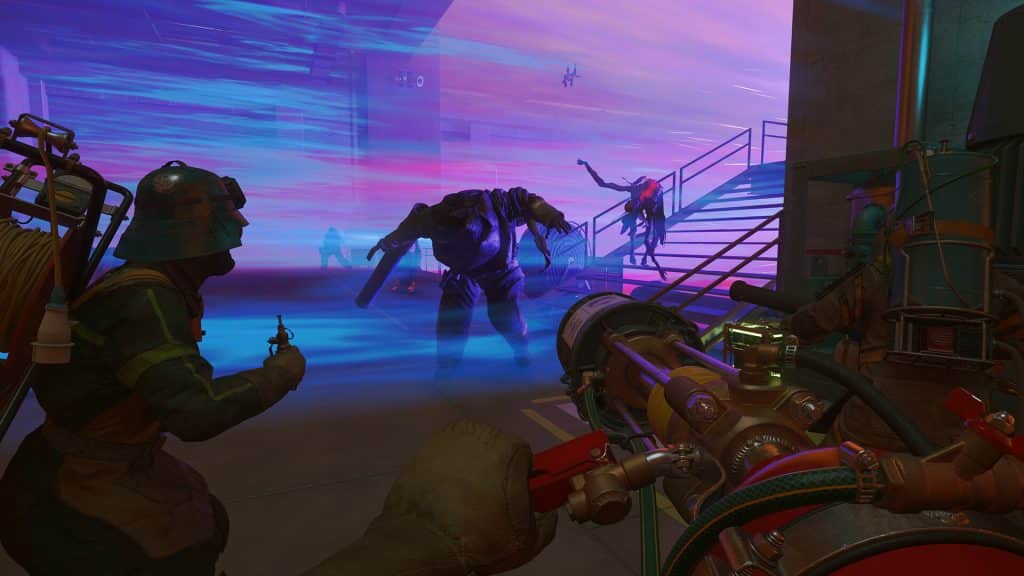
Job Hunting
Completing the initial run of all three clearance levels for the five jobs available at launch took roughly five to six hours. And that first pass was a mixed bag. The first two areas of Hot Fix revolve around fixing giant fans, and that’s it. Other than using the Splash Kit to keep my friends cool as they worked under extreme heat conditions, it was a fairly straightforward affair. The third area cranked things up with a giant furnace that needed to be put out of commission. Similarly, Paper Chase spends two areas destroying tens of thousands of sticky notes before finally presenting a slightly more engaging objective: kill the giant sticky note monster. There are highlights, though, usually borne from trial-and-error discoveries that bring about those “aha!” moments. One such moment was finding out that overhead sprinklers could be shot to douse the area in water. With a hefty collection of damp paper lying about, the Jump Kit was able to send an electric current through them all to swiftly wipe them from existence. In another instance, my team stumbled upon a way to prevent radiation build-up in Ground Control, helpfully avoiding a monstrosity drawn to radiation.
Still, such moments don’t arise consistently and FBC: Firebreak loses steam far sooner than it should. This is punctuated by a final mission that fizzles out without any boss fight or major encounter. It wraps up quietly in an anticlimactic manner like most other jobs. It’s a shame, too, because the progression system is banking on players to continuously run the five jobs on higher difficulties with corruption modifiers to gain XP and resources. As player levels rise, new perks become available for unlock, with each having three levels. The first level offers a weak version of the perk; the second level makes its effect strong; and the third turns the perk into a resonant variant that is shared with the whole team. There are limited perk slots, however. So you may decide to stack a bunch of weak perks or rely on a handful of resonant perks.
The other side of the progression is found in Requisitions, which are styled after battle passes—the implementation here is extremely similar to Helldivers 2‘s warbonds. Resources are gathered during jobs, which can then be spent on the aforementioned perks or Requisition unlocks. Currently, there are free and paid Requisitions. The former packs in cosmetics, upgrades for each kit, and weapons. The optional paid track is, thankfully, all cosmetic. Ascending the ranks to snag more well-rounded class tools and higher tier weapons was an early motivator to keep playing, but it wore thin rather quickly as the monotony of the few jobs built up. With more content, I’d happily see the available player ranks through to their cap, but there’s not enough to justify that undertaking at the moment.
FBC: Firebreak Review Verdict
FBC: Firebreak: To put it simply, FBC: Firebreak is surprisingly shallow and inconsistent. There are glimpses of that Remedy charm, hinting at the presence of a stronger co-op game, but it doesn't come close to the highs found within the connected universe's other entries.Perhaps in a year it will evolve into the game the team envisioned, but for now the short-lived experience is a mixed bag of wacky cooperative shenanigans and tedious tasks. – Joshua
[Editor’s Note: FBC: Firebreak was reviewed on PC and a copy was provided to us for review purposes.]

